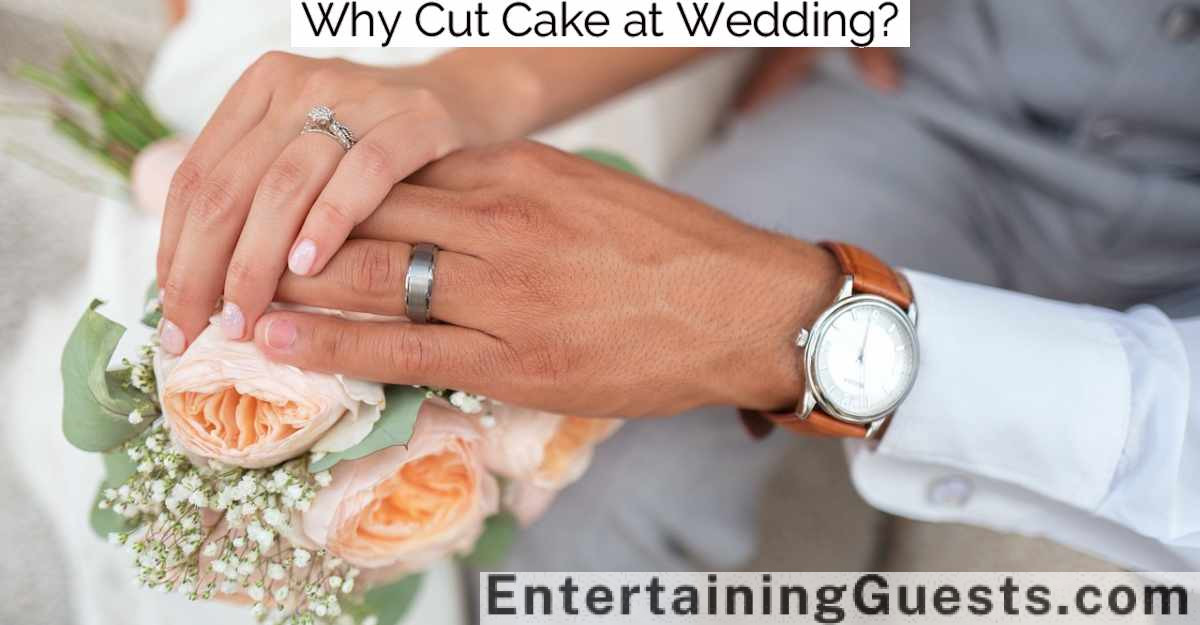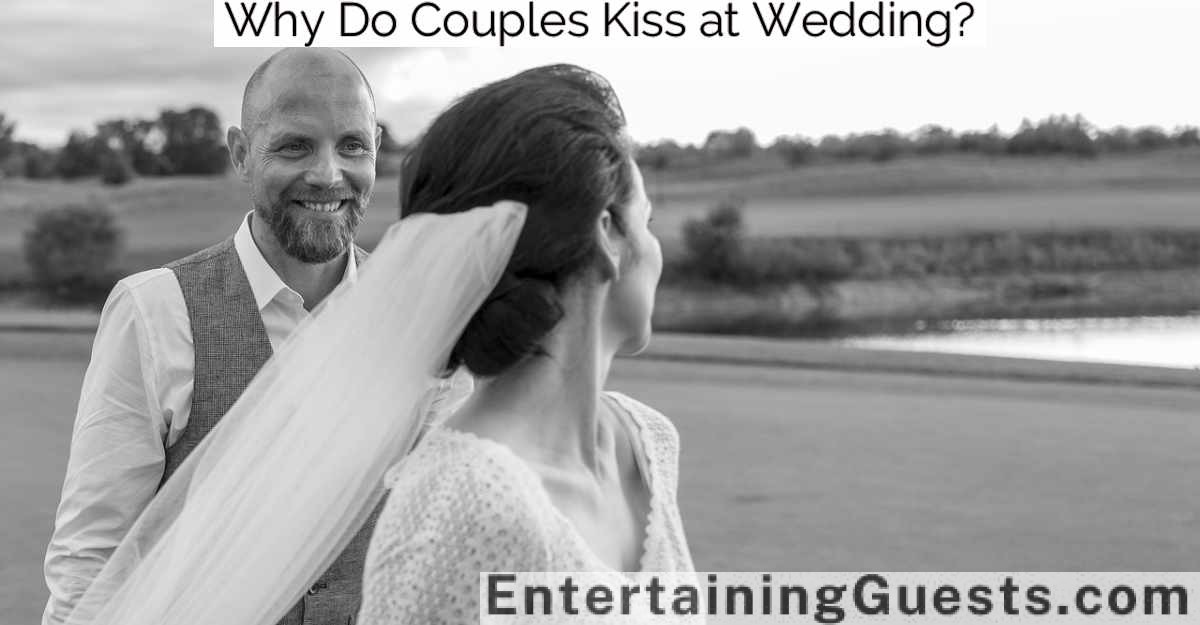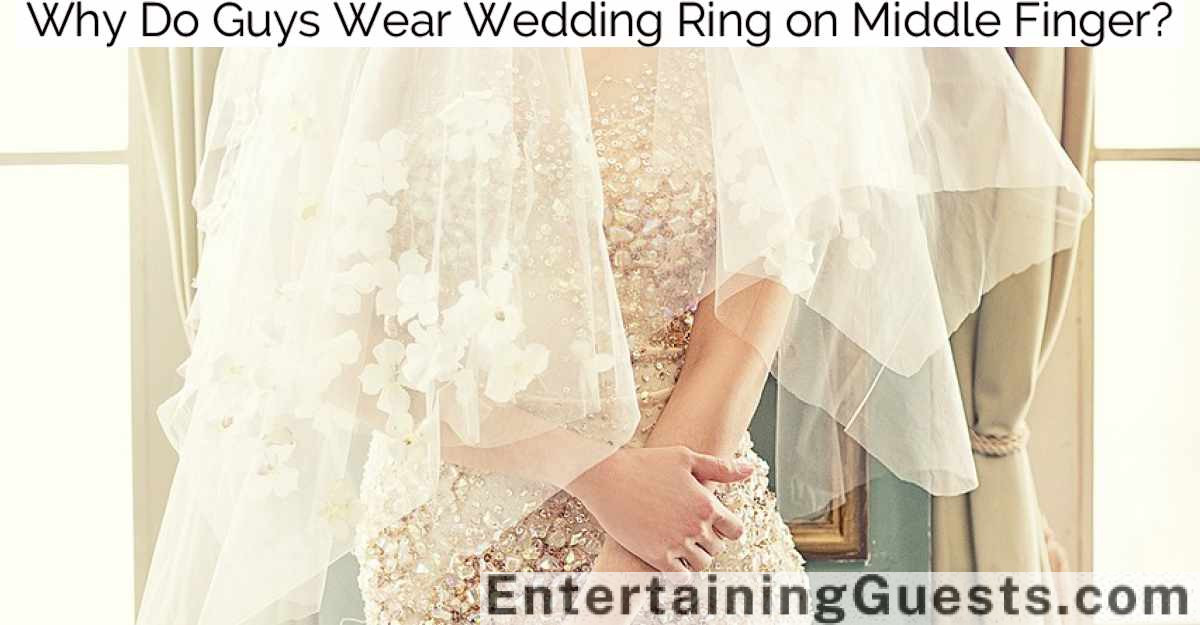Cutting the cake at a wedding isn’t just about indulging in a sweet treat; it’s a profound symbol of unity and shared commitment between the newlyweds. This tradition, steeped in history, evolved from ancient Roman fertility rites and Victorian displays of wealth, to a modern expression of partnership and mutual goals. When couples cut their wedding cake together, they’re not just sharing a dessert—they’re enacting a visual representation of their life-long commitment to support and nourish each other. Every slice embodies hopes for prosperity and joy, solidifying this iconic act as a centerpiece of the celebration. Curious couples might find that exploring these traditions further reveals even deeper layers of meaning and connection.
Key Takeaways
- Cutting the cake symbolizes unity and the couple’s commitment to share a future together.
- It represents the blending of individual strengths into a unified partnership.
- The act serves as a visual and communal affirmation of the couple’s new bond.
- Sharing the cake with guests symbolizes abundance and prosperity in the couple’s life.
- The ceremony creates memorable moments, enhancing the celebratory atmosphere of the wedding.
Historical Origins of Cake Cutting
The tradition of cake cutting at weddings has its roots in ancient Roman ceremonies where a cake, often made of wheat or barley, was broken over the bride’s head to symbolize fertility and prosperity.
As centuries passed, the custom evolved considerably. By the Middle Ages, English weddings had adopted a variation involving stacked sweet buns, a precursor to the modern tiered wedding cakes. Guests would attempt to kiss over the tall pile, believing it would bring good luck.
In the 17th century, the ritual became more refined with the introduction of bride’s pie, a savory dish that often contained sweet fillings. It wasn’t until the Victorian era that cake, as it’s recognized today, firmly established itself as the centerpiece of wedding celebrations.
This period saw the transformation from mere dessert to a symbol of opulence and social status, with intricate designs and pure white icing, which denoted wealth and purity.
Each layer, each decoration took on new meanings, and the act of cutting the cake, once a simple gesture, now involved the couple jointly holding the knife, emphasizing unity and their shared future.
This gesture has continued to evolve, remaining a beloved highlight of wedding receptions worldwide.
Symbolism Behind the Tradition
The act of cutting the wedding cake is steeped in symbolism, each movement echoing deeper meanings within the marital ceremony.
As the couple slices through the cake together, they showcase their unity and partnership, signaling a commitment to support each other.
This shared gesture not only forecasts a life of prosperity and abundance but also cements their pledge to a shared future.
Unity and Partnership
Cutting the wedding cake together, couples symbolize their unity and commitment to partnership. This act, often a highlight at wedding receptions, is rich in meaning and steeped in tradition. It’s not just about sharing a delicious dessert, but a profound gesture that marks the start of a shared life.
Here are some key aspects of this tradition:
-
Shared Responsibility: Handling the knife together, couples demonstrate their willingness to take on life’s responsibilities as a team.
-
Support System: As one guides the hand of the other, it shows the support they’ll provide each other.
-
Equal Partnership: Cutting the cake together reflects a balance of power and mutual respect within the relationship.
-
Joint Success: Successfully cutting and serving the cake to guests symbolizes the couple’s ability to work together towards a common goal.
This tradition is a visual and symbolic representation of the couple’s intentions to blend their lives.
It’s an acknowledgment that their individual strengths and weaknesses will now support a united partnership.
Prosperity and Abundance
Beyond symbolizing unity and partnership, cutting the wedding cake also embodies the couple’s hopes for prosperity and abundance in their marriage. This tradition, steeped in history, carries the belief that sharing a large, often elaborately decorated cake guarantees a life filled with wealth and well-being. Historically, the size and complexity of the cake were seen as direct reflections of social status and success, which guests would interpret as a sign of the couple’s current state and their future.
The act of cutting the cake together, which is often one of the ceremony’s climactic moments, is laden with symbolism. It’s not just about the sweetness but also represents the first task the couple undertakes as a united partnership. By distributing the cake to their guests, they’re metaphorically sharing their new life’s richness and success. Each slice serves as a token of thanks and hope, a sweet gesture implying that the couple’s prosperity will extend to their community of family and friends.
This custom not only enriches the wedding day with deep meaning but also reaffirms societal bonds, linking personal joy and communal prosperity. Therefore, the wedding cake cutting ceremony is a poignant emblem of a hopeful, abundant future.
Shared Future Commitment
Symbolically, when a couple slices through their wedding cake, they aren’t just indulging in a ritual but actively committing to share their future together. This act highlights a significant promise to support and nourish one another in every aspect of life. The cake cutting ceremony is steeped in symbolism and underscores a shared commitment that’s both beautiful and profound.
The tradition of cutting the cake together employs several layers of symbolism:
-
Unity: By joining hands to cut the cake, the couple shows their willingness to act as one unit, facing life’s journey together.
-
Support: Each person often feeds the other a piece of cake, symbolizing mutual support and sustenance.
-
Abundance: The cake’s multiple layers and generous size symbolize a life filled with richness and abundance.
-
Sweetness: Sharing the first piece signifies the hope that their life together will be filled with sweetness and joy.
This ritual is more than a mere formality; it’s a public declaration of the couple’s intention to blend their lives and face the future as a united front. Through this simple act, they demonstrate their commitment to each other in front of loved ones, reinforcing the bond they share.
Modern Interpretations and Trends
Today’s couples are reimagining the traditional wedding cake cutting ceremony to include unique personal touches that reflect their individual styles and preferences. They’re opting for alternatives that resonate more closely with their personalities and the thematic elements of their celebrations. For instance, some choose to slice into beautifully designed cupcakes or individual pastries, sidestepping the large tiered cake altogether. Others are introducing fun twists like having a cake piñata filled with sweets or even savory treats, turning the cake cutting into a dynamic, interactive event.
The cake itself has transformed too. It’s not just about classic flavors like vanilla or chocolate; adventurous pairs are exploring exotic combinations such as lavender-honey, matcha, or salted caramel. Additionally, the aesthetics have evolved from traditional white icing to bold, artistic expressions, featuring everything from intricate hand-painted details to edible metallic foils.
Inclusion of technology has also made its way into the cake cutting ceremony. Couples are incorporating LED lights or project mapping on their cakes, offering a spectacular visual treat that captivates all the senses. Furthermore, social media plays a role, with many opting to broadcast this special moment live, sharing their joy instantly with friends and family worldwide.
Cultural Variations in Cake Cutting
Across the globe, the act of cutting the cake at weddings holds profound ritual significance, often reflecting deep cultural values and histories.
Each region brings its own unique traditions to the table, from the elaborate multi-tiered cakes popular in Western ceremonies to the simpler, symbolic offerings found in other parts of the world.
This range of practices underscores not just a celebration, but a rich tapestry of symbolism cherished across diverse cultures.
Global Ritual Significance
Throughout the world, the tradition of cutting cake at weddings takes on various cultural significances, each reflecting the unique values and beliefs of the society. This shared moment not only symbolizes the couple’s unity and shared future but also embodies broader cultural meanings that resonate deeply within each community.
To highlight the diverse interpretations and practices surrounding this custom, consider these notable perspectives:
-
Symbol of Prosperity and Abundance: In many cultures, the wedding cake stands as a symbol of prosperity and abundance. By sharing the cake, the couple distributes their good fortune with guests.
-
Unity and Partnership: Cutting the cake together is often viewed as one of the couple’s first joint tasks, symbolizing their ability to work together and support each other.
-
Circle of Life: The circular shape of traditional cakes in some cultures represents the continuity of life and the enduring nature of the couple’s commitment.
-
Blessing and Fertility: In some traditions, the act of cake-cutting is believed to bring blessings of fertility and happiness to the newlyweds.
Each of these elements showcases how a simple act of cutting a cake can encapsulate profound meanings, uniting people not just in celebration but in a shared cultural heritage.
Unique Regional Traditions
Wedding cake traditions vary intriguingly from one region to another, each enriching the ceremony with local flavor and symbolism.
In Sweden, for instance, couples often serve a towering confection known as a ‘princess cake.’ Decked in green marzipan, its layers symbolize a sweet beginning to marital life.
Moving south, Croatian weddings might feature a multi-tiered ‘povitica,’ a dense, sweet bread that showcases the couple’s intertwined lives through its swirls.
In parts of Eastern Europe, particularly Russia, the bride and groom face a playful challenge. They’re offered a large loaf of bread with salt, and they must break it together, symbolizing their partnership in overcoming life’s difficulties. The one who grabs the largest piece is said to become the head of the family.
Across the ocean in Mexico, wedding cakes include layers soaked in different local liquors, such as Kahlúa, embodying the spirit of festivity and community. Each layer’s flavor tells a story of the regional produce and traditions.
These unique practices aren’t just about indulging in a delicious dessert; they’re a vivid tableau of cultural heritage, woven into the very fabric of the wedding celebration, reflecting each community’s identity and values through the artistry of cake cutting.
Symbolism Across Cultures
Exploring further, each culture infuses cake cutting at weddings with unique symbolic meanings that reflect their distinct values and histories. This tradition, far from being a mere formality, encapsulates a wealth of cultural significance and communal aspirations.
In many Indian weddings, the cake cutting ritual symbolizes the couple’s commitment to provide for each other. It’s a modern addition to traditional ceremonies, blending Western influences with Eastern values.
In Italy, the act of cutting the cake together represents the couple’s shared future, their lives now intertwined. The layers of the cake can signify the stages of their relationship, each sweeter than the last.
In Japan, wedding cakes are often elaborately decorative and not always edible. Here, they symbolize prosperity and status, with the size and design reflecting the couple’s social standing.
In Sweden, instead of a cake, many opt for a ‘kransekake,’ a tower of ring-shaped almond cakes. The structure’s sturdiness symbolizes a strong and enduring marriage.
These cultural variations not only highlight the richness of global wedding traditions but also underscore the cake cutting ceremony as a poignant emblem of unity and shared futures. This symbolic act fosters a sense of community and continuity, weaving individual love stories into the broader tapestry of cultural heritage.
Memorable Moments From Cake Cutting
Often, the cake cutting ceremony at a wedding generates unforgettable moments as couples playfully smear frosting on each other’s faces. This lighthearted tradition not only evokes laughter from the guests but also serves as a symbolic gesture of the couple’s willingness to share and care for each other. As the photographer captures these candid shots, the room fills with joy, encapsulating a snapshot that’ll likely adorn the couple’s home for years.
The atmosphere during this ritual is often electric. Guests gather around, their cameras ready, anticipating the sweet chaos that’s about to unfold. The couple usually locks eyes, each holding the knife gently but with a mischievous glint that hints at the upcoming playful battle. The first slice is always met with cheers, and whether the frosting ends up on noses or foreheads, each dab is a stroke of affection, painting memories in the hearts of all who witness.
Such moments are cherished, discussed at family gatherings, and often, they become the stories that define the wedding. It’s not just about the cake or the act of cutting it, but the shared experience, the laughter, and the joy that emanates, making the cake cutting a highlight of the celebration.
Tips for a Perfect Cake Cutting Ceremony
Having looked at the memorable aspects of cake cutting, let’s now focus on how to make certain this ceremony unfolds flawlessly. The cake cutting ceremony is a pivotal moment, symbolizing the couple’s first shared task in matrimony. Making it go smoothly isn’t just about slicing through fondant and sponge; it’s about creating a picture-perfect moment that’ll be cherished forever.
Here are a few key tips to make sure your cake cutting ceremony is as seamless as it’s spectacular:
-
Choose the Right Tools: Don’t underestimate the importance of a good cake knife and server. These shouldn’t only be functional but also photogenic, complementing the overall wedding theme.
-
Practice the Cut: A quick rehearsal before the big day can help ease nerves. Knowing exactly where and how to slice can make all the difference.
-
Timing is Everything: Ideally, schedule the cake cutting after speeches and before the dance floor opens. This helps maintain the flow of the evening and keeps guests engaged.
-
Capture the Moment: Make certain your photographer is ready to capture the cake cutting from multiple angles. These photos are often some of the most cherished.
Frequently Asked Questions
How Many Tiers Should a Wedding Cake Have?
The number of tiers a wedding cake should have depends on the guest count and the couple’s preference. Generally, they range from one to seven tiers, each symbolizing a layer of celebration.
Can Cupcakes Replace a Traditional Wedding Cake?
Yes, cupcakes can replace a traditional wedding cake. They offer versatility in flavors and designs, making them a stylish, organized choice that caters to various guest preferences at a modern wedding celebration.
What Flavors Are Popular for Wedding Cakes?
Popular wedding cake flavors include vanilla, chocolate, and red velvet. Couples often choose lemon or carrot for a unique twist. Each flavor caters to different palates, ensuring there’s something for every guest.
How Much Does a Wedding Cake Typically Cost?
A wedding cake’s cost varies widely, typically ranging from $300 to over $1000. Factors like size, design, and ingredients affect the price, ensuring each couple can find something that fits their budget.
Should the Cake Match the Wedding Theme Colors?
Yes, the cake should match the wedding theme colors to create a cohesive visual experience. It enhances the decor and shows attention to detail, making the celebration feel more personalized and aesthetically pleasing.
Conclusion
In summary, the wedding cake cutting ceremony, steeped in rich history and symbolism, continues to evolve while honoring its origins.
Across various cultures, it signifies unity and shared future hopes, blending tradition with contemporary flair.
To guarantee a memorable cake-cutting moment, couples should infuse personal touches and heed practical tips for a seamless celebration.
This enduring tradition not only delights guests but also cements a poignant snapshot in the couple’s journey together.




